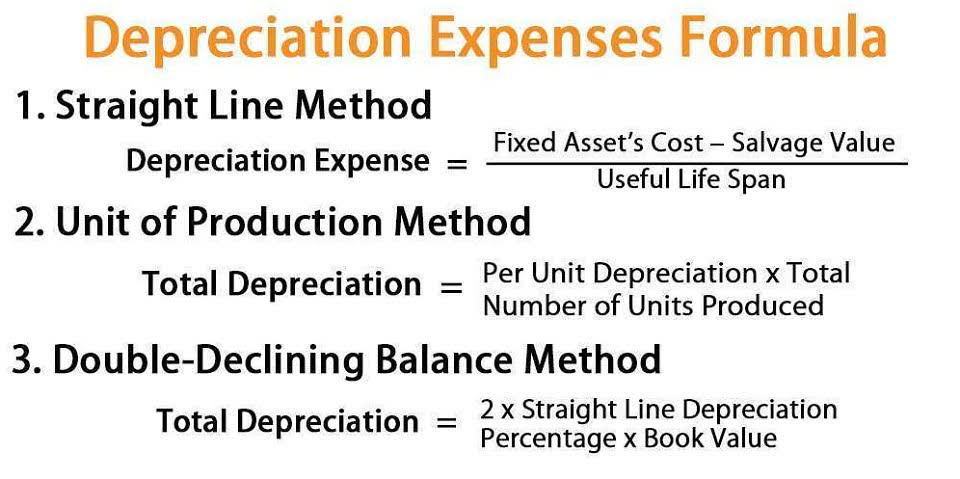
A period cost is any cost consumed during a reporting period that has not been capitalized into inventory, fixed assets, or prepaid expenses. These costs tend to be clustered into the selling, general and administrative classifications of expenses, and appear in the lower half of a reporting entity’s income statement. Understanding the difference between period costs and product costs is essential for accurate financial management. Period Costs directly affect the company’s profitability by reducing net income on the income statement.

Potential for distorted financial analysis and decision-making
Period cost is those which are incurred periodic and are not related to product cost or manufacturing cost. HowePeriod cost is those which are incurred periodically and are not related to product cost or manufacturing cost. However, all the expenses are not related to product cost except for the cost of goods sold. But either criterion that periodic expenses are not fulfilled by Loss on sale of the asset since that incur only once and the second one is prepaid rent, which from the name it states that https://hackersmind.net/2021/09/01/bookkeeping-taxes-for-mental-health-therapists/ it has paid before time.
Limitations and Challenges of Period Cost Analysis
A period cost can be termed as any cost that cannot be categorized into prepaid expenses, fixed assets, or inventory. Rather than being a transactional event, this cost is more closely linked with time. Since this cost is mostly charged as an expense all at once, it is appropriate to term it a period expense. On the other hand, since product costs like office expenses, administration expenses, marketing expenses, rent, and so on cannot be linked to the cost of goods sold, they will be charged to the expense account. A financial statement period expense is a formal document that shows financial health, business performance, and many more.
The Role of Period Costs in Business Operations
- However, if the mistake is related to the revenue and expense, it will be tricky to correct them.
- HowePeriod cost is those which are incurred periodically and are not related to product cost or manufacturing cost.
- Advertising expenses can’t really be allocated to a specific manufacturing process or even a product.
- Executive salaries, clerical salaries, office expenses, office rent, donations, research and development costs, and legal costs are administrative costs.
- The Tribunal held that these are the expenditure incurred by the employees of the appellant on account of travel which are of very petty sums.
These costs are not part of the manufacturing process and are, therefore, treated as expense for the period in which they arise. Period costs are not attached to products and the company does not need to wait for the sale of its products to recognize them as expense on income statement. According to generally accepted accounting principles (GAAPs), all selling and administrative costs are treated as period costs. In managerial and cost accounting, period costs refer to costs that are not tied to or related to the production of inventory. Examples include selling, general and administrative (SG&A) expenses, marketing expenses, CEO salary, and rent expense relating to a corporate office. The costs are not related to the production of inventory and are therefore expensed in the period incurred.

Preventing and Managing Prior Period Expenses:

Managers and analysts must therefore be attentive to the timing and magnitude of period costs, as these can influence the perceived performance of the business and may affect investment and operational decisions. Period Costs are typically classified as selling, general, and administrative expenses (SG&A) on the income statement. Examples include salaries and wages, rent, utilities, marketing expenses, and depreciation. Analyzing trends in Period Costs allows stakeholders to identify cost-saving opportunities, assess cost management effectiveness, and evaluate overall financial performance. Understanding the importance of period costs like marketing expenses is crucial, as they impact the overall profitability and financial performance of a business. Proper tracking and evaluation of these costs can help in determining the effectiveness of marketing strategies.
- For instance, managers of consumer goods companies such as Procter & Gamble and Anheuser-Busch prefer to allocate the high expense of advertising to a certain product.
- Out of these 500 units manufactured, the company sells only 300 units during the year 2022 and 200 unsold units remain in ending inventory.
- These costs, which are incurred over a specific period of time, include various expenses such as rent, utilities, salaries, advertising, insurance premiums, and administrative costs.
- Time cost represents a major portion of indirect costs, making it important for the smooth operation of the business.
- If we want to adjust the prior year’s income or expense, we have to adjust with retained earning account instead.
- This distinction becomes particularly significant when considering the diverse nature of industry operations and the impact of time on cost allocation.
- Still, the travel and entertainment are not directly related to the product cost, and since they are incurred periodically, they must be assigned as a periodic expense.
- Understanding these costs is not just about recording numbers; it’s about grasping their broader implications on pricing strategies, budgeting, forecasting, and tax considerations.
- Since $517 was recognized in prior periods, a credit adjustment of $152 will be recognized in 2025.
- When recording period costs, it is important to match the expenses with the revenues earned in the same accounting period.
In other words, they are initially classified as assets and are transferred to expense when they are sold. FIFO distinguishes between current-period expenses and those in beginning inventory. The costs in the initial inventory are moved out in a lump sum under FIFO costing. FIFO costing does not combine former tenure costs (in beginning trial balance inventory) with current period expenses. Product costs, on the other hand, are expenses that are incurred to manufacture a good and can typically be traced back to a specific product.

